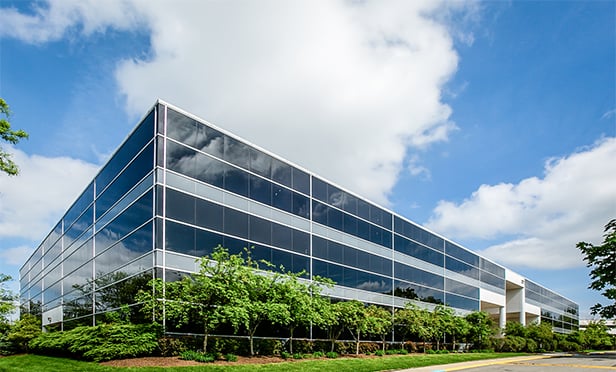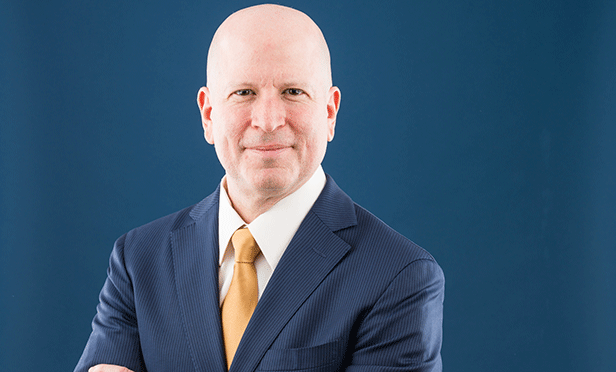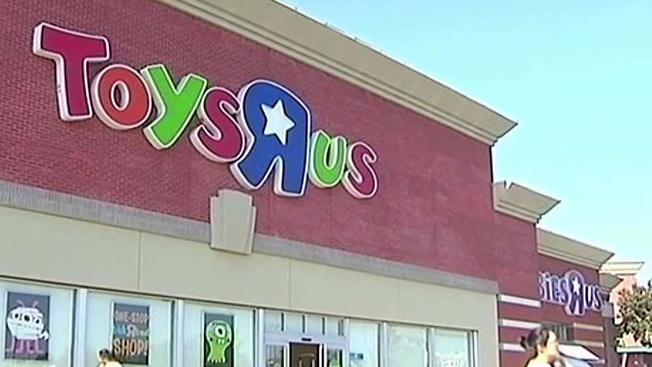
Domestically and globally, 2010 will be a transitional year rather than a turning point for commercial real estate recovery, according to ING Clarion. In a recent media event at the company's offices at 230 Park Ave. in New York City, David Lynn, head of US research and investment strategy, said recovery will be "a gradual process, not a crescendo like the early 1990s."
In fact, late this year, the recovery will enter into the third phase of what Lynn described as a four-phase process, as lenders begin selling in earnest. Phase four, in which an improving domestic economy and stronger fundamentals lead to rising income and property values, isn't likely to occur until 2012 or 2013 at the earliest.
Until then, Lynn said, with capital still on the sidelines and supply well below historic averages, it's a good time for investors to edge back into the game. "When the whole world recognizes a bottom, it's no longer a bottom," he said.
Recommended For You
Want to continue reading?
Become a Free ALM Digital Reader.
Once you are an ALM Digital Member, you’ll receive:
- Breaking commercial real estate news and analysis, on-site and via our newsletters and custom alerts
- Educational webcasts, white papers, and ebooks from industry thought leaders
- Critical coverage of the property casualty insurance and financial advisory markets on our other ALM sites, PropertyCasualty360 and ThinkAdvisor
Already have an account? Sign In Now
*May exclude premium content© 2025 ALM Global, LLC, All Rights Reserved. Request academic re-use from www.copyright.com. All other uses, submit a request to [email protected]. For more information visit Asset & Logo Licensing.








